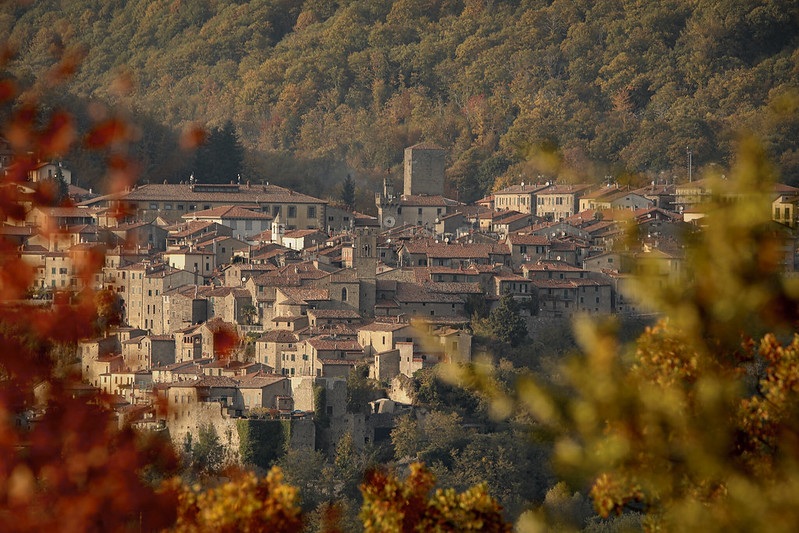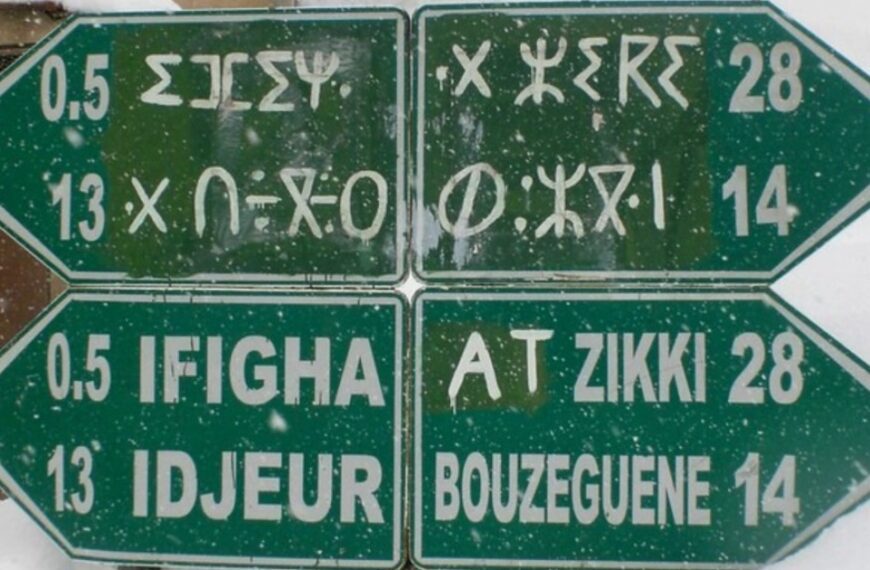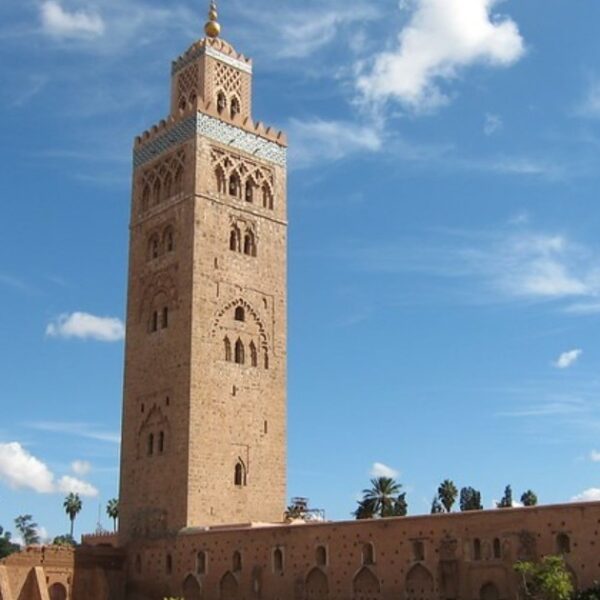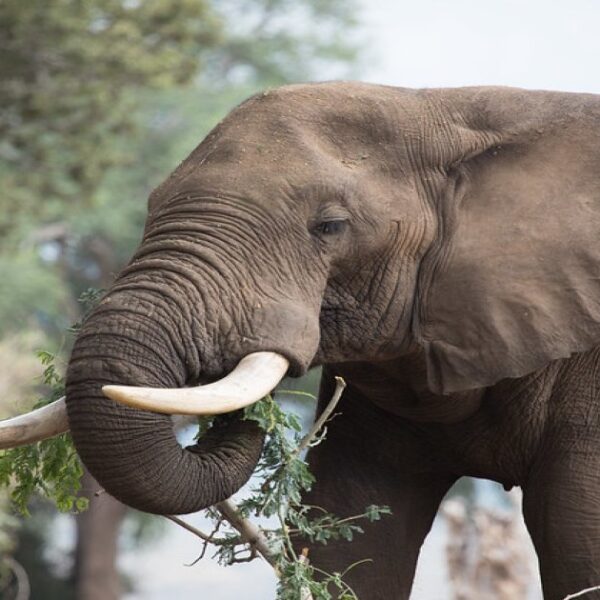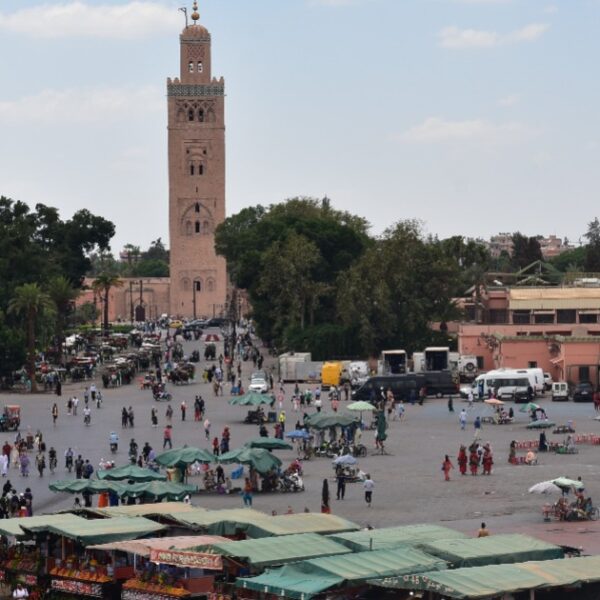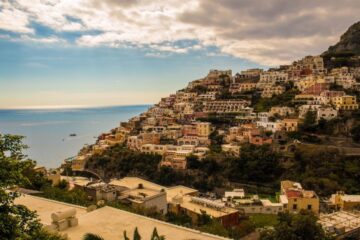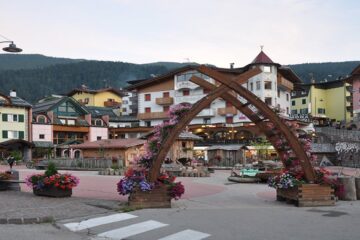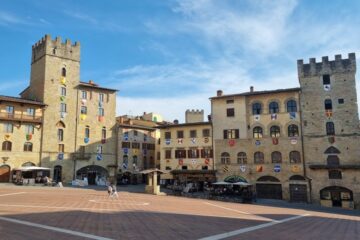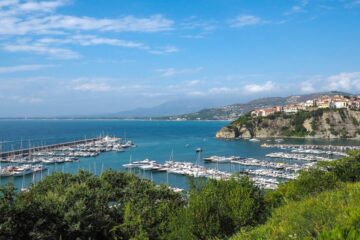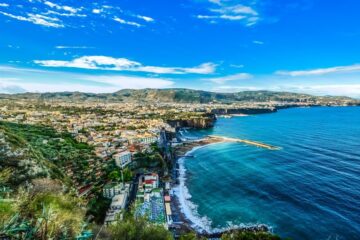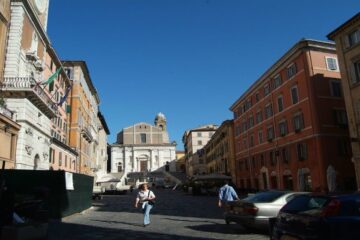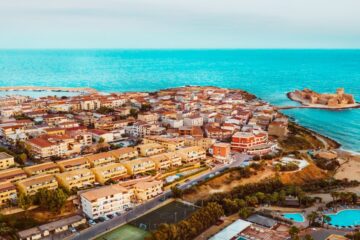Santa Fiora is the most attractive of the hilltop towns around Mount Amiata; its defenses, urban layout, and several convents elevate the town to the status of a historic medieval city in southern Tuscany. A family holiday, a sporty retreat for hiking or e-biking, or a search for “Tuscan-ness”-Santa Fiora in the province of Grosseto is the perfect spot to fall in love with an old community, a treasure trove of cultural and gastronomic pleasures.
Go there if you like: history, nature, folklore, food, and wine
For how long: two days
Best time of year: all year round

What to know about Santa Fiora
History of Santa Fiora
Santa Fiora is mentioned in 1084 as a villa with over a hundred farms, and in 1141 as a fortress. It had a higher population than neighboring Grosseto in the 13th century. From the 13th to the 17th centuries, Santa Fiora was the seat of a minor county on the boundary between Tuscany and the Church State, governed first by the Aldobrandeschi and subsequently by the Sforza. During the seventeenth century, the Sforzas’ reputation started to dwindle. Santa Fiora saw an industrial rebirth during the 19th and 20th centuries when it established itself as an important mining center for the extraction of cinnabar, accessible to workers from all over Tuscany.
Read also: 17 things to do in Marrakech
Origins of the name Santa Fiora
The name stems from the martyr Saint Flora, who was killed in Rome with her companion Lucilla. Small curiosity: the Pieve delle Sante Flora e Lucilla has one of the world’s greatest collections of Della Robbia terracottas. It was originally recorded on parchment on June 27, 833 AD. Another source, dated 890 AD and subject to debate, lists the same toponym “terra Sancte Flore” within the bounds of certain Abbey of San Salvatore properties.
The Three Terzieri (neighborhoods) of Santa Fiora
Santa Fiora’s ancient core is separated into three neighborhoods: Castello, Borgo, and Montecatino. The former is the town’s ancient center, including Aldobrandesque monuments, a 14th-century tower, and the Palazzo Sforza. Borgo, on the other hand, is a neighborhood that sprang up around the Augustinian Convent of San Michele in the 15th century and became the economic and artisan hub of Santa Fiora. Montecatino is defined as a water gathering station by the Peschiera, which gathers the spring waters of the Fiora River and is surrounded by pre-industrial manufacturing industries.
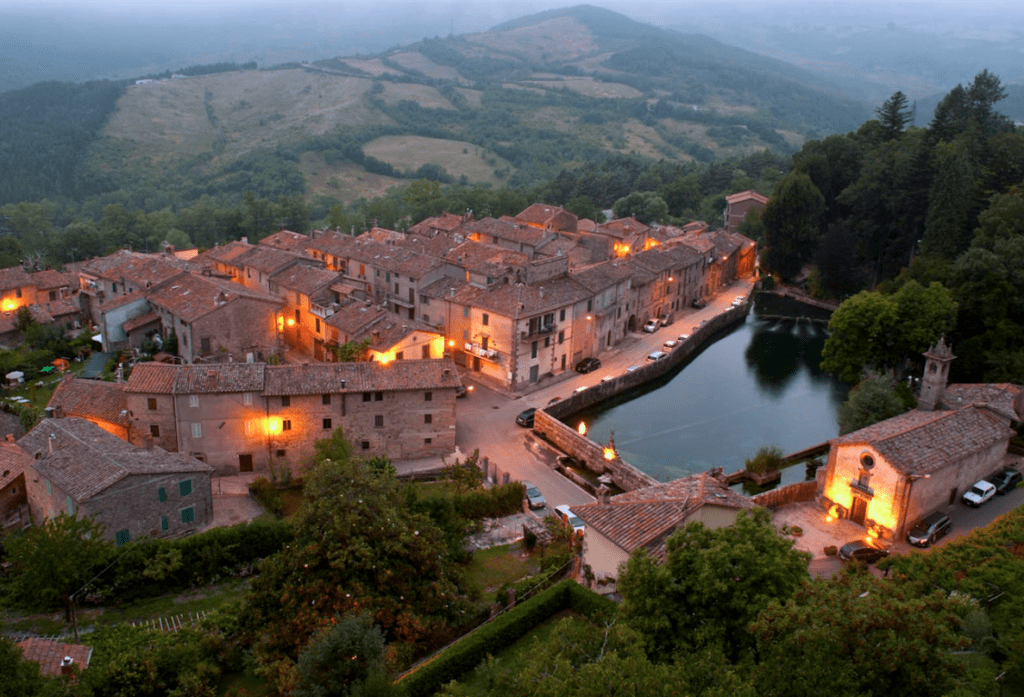
Where Santa Fiora is located?
Santa Fiore rises on the southern flank of Mount Amiata, the source of the Fiora River. In the Grosseto province, in the heart of the Tuscan Maremma. One of the advantages of the settlement is its quantity of water, which has allowed for the growth of a healthy flora. The Bosco della Santissima Trinità provincial nature reserve is being developed within a short distance from Santa Fiore, at the foot of Monte Calvo.
How to get there?
Santa Fiora is 64 kilometers from Grosseto, whereas Rome is 182 kilometers away, Florence is 161 kilometers away, and Milan is 445 kilometers away. To get to Santa Fiora from the north, use the Autostrada del Sole highway to the Firenze Certosa exit, then the Firenze-Siena motorway to Grosseto, leave at Paganico, and follow the signs to Monte Amiata and Arcidosso, which will lead you to Santa Fiora.
To get to Santa Fiora from the south, take the A12 Highway to Tarquinia, then continue on the S.S.1 Aurelia towards Grosseto, then to Paganico, then to Monte Amiata, Arcidosso, and finally Santa Fiora.
If you prefer to use the rail, the nearest stations to the city are Grosseto (64 kilometers) and Orvieto (62 kilometers). If, on the other hand, you want to fly, which is always the least convenient option, we recommend Rome-Fiumicino airport, which is 234 kilometers away, Florence airport, which is 175 kilometers away, and Pisa airport, which is 212 kilometers away.
Which kind of food to try?
Food is a territory’s ultimate cultural and anthropological representation. The food of Santa Fiora Grosseto is an exquisite blend of 100 percent Tuscan tastes. Entering the village kitchens, among seasonal fragrances and sensations, allows you to come in touch with the local culture here, amidst the pecorino cheese and onion of the forest. From porcini mushrooms to the game, ricotta, and honey, to her majesty the IGP chestnut, or rather the Marrone Santafiorese, Santa Fiora has something for everyone.
Acquacotta is another local specialty. It is a bad soup prepared with potatoes and bitter herb, as opposed to the more popular Maremma soup (a variety of wild green radicchio). Another classic dish is PGI chestnut polenta, which is topped with livers, stewed meats, and herring.
Tortelli maremmani are one of Tuscan Maremma’s most renowned foods. These pillowy egg pasta morsels are packed with a fragrant blend of nutmeg, spinach, and ricotta cheese, and are often served with a large quantity of meat sauce. The best tortelli, according to legend, are ones from Santa Fiora. Try them for yourself to believe!
Events
On the final Sunday of July, the Palio delle Sante Flora e Lucilla takes place. The morning blessing of the Palio and archers is followed by an archery competition between the two groups of Santa Fiora in the afternoon. Silk closes the event with a medieval feast in the presence of a medieval court.
Following the Sagra del Fungo Amiatino, the Festa del Marrone Santafiorese in Santa Fiora honors the area’s signature product: the IGP Monte Amiata Chestnuts. It takes place in October and lasts three weeks. During the day, visitors may purchase chestnuts and roasted chestnuts, sample Maremma autumn tastes, go on guided tours of the chestnut orchards, and listen to live music.
The Torchlight Procession on December 30th is a spectacular festival of fire and music, capped with mulled wine, open-fire chestnuts, and Maremma tortelli. The procession marches through the city streets to Piazza Garibaldi, where a massive wooden bonfire, of course, constructed of chestnut, burns. A spiritual practice dating back to the Middle Ages, when the burning had the practical purpose of lighting the way of the Christmas vigil.

